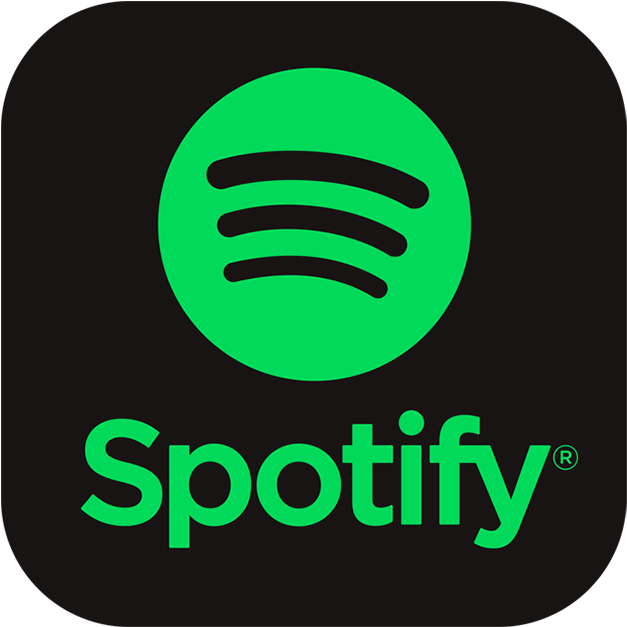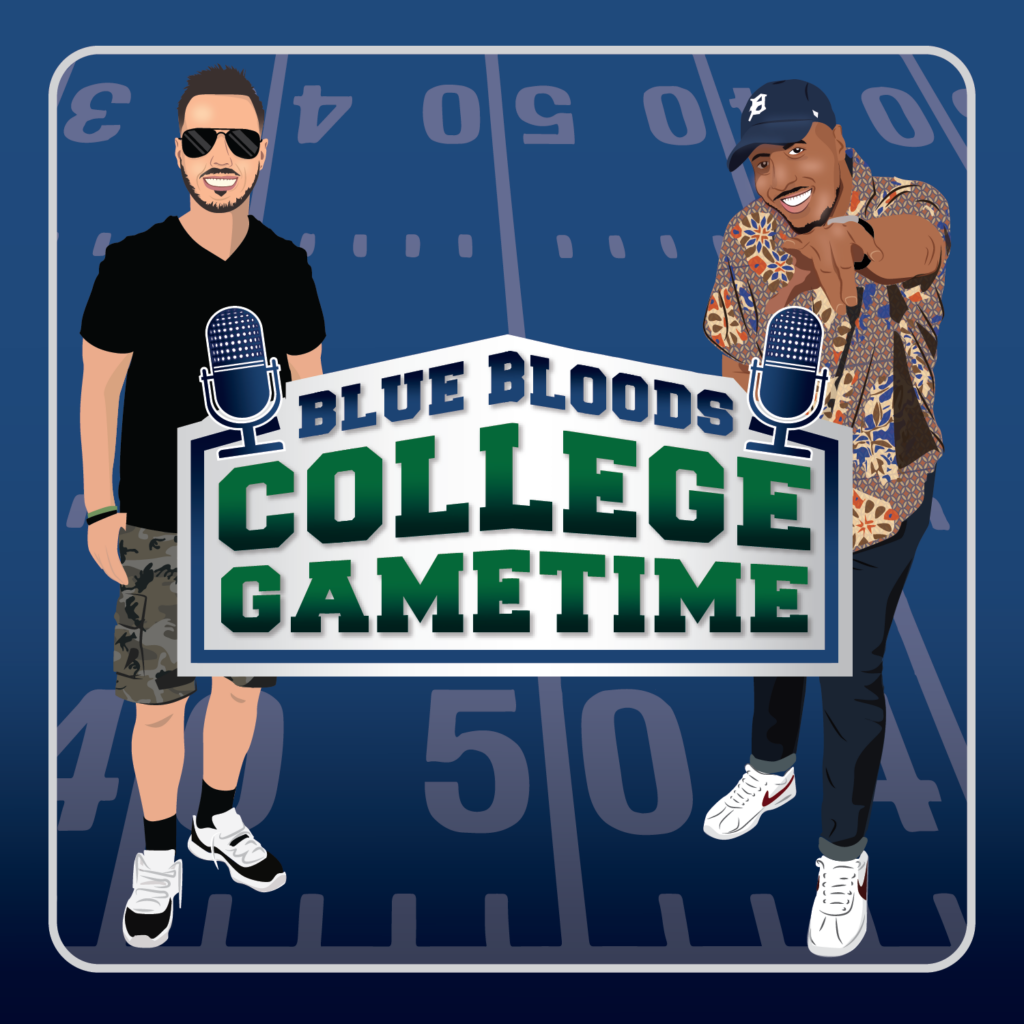Share This Article
What comes to mind when you think about the Saban-Era at Alabama?
It’s arguably the greatest dynasty ever, one that obliterated any parity in college football.
The Crimson Tide has dominated the last 15-years under Saban’s leadership. Since 2007 they’ve accumulated 6 national championships, 9 national championship game appearances, 8 SEC conference titles and an overall winning percentage of 88%.
Not to mention the program has become a mini “farm-system” for the NFL.
Even the teams not named Bama that won a national title during that time frame likely had to go through the Tide to win it all.
If I’m being honest, when I think about the Bama dynasty under Saban, the only word that comes to mind is fatigue.
I’m over it.

As much as I respect Coach Saban and what he’s done, I’m ready for a change. I want to see the landscape shifted; I want parity restored.
There will always be a cohort of teams at an advantage due to tradition, history, recruiting and money. Usually, these teams are the ones we refer to as the “Blue Blood” programs.
However, it wasn’t THAT long ago when teams like Kansas State and Colorado competed for national championships. Kansas State was one win away from playing in the inaugural BCS National Championship game in 1998. Heck, Colorado split the 1990 title with Georgia Tech.
What a time to be alive, huh?
Sure would be nice to engage in a CFB season where we didn’t already know who would play in the national championship game by week zero.
21st Century
The college football landscape was still somewhat balanced entering the 21st century. In the six seasons before 2007, each Power-5 conference produced a national champion. Yes, even the Pac-12.
Everything shifted almost as soon as Saban arrived in Tuscaloosa. Since 2007, only three conferences have produced a national champion, and 11 of those 16 were from the SEC.
It is hard to believe that in 2004 an undefeated SEC championship team missed the national title game in favor of a Big-12/Pac-12 matchup.
So the question is, can parity be restored in college football? If so, how?
My answer to the first question is yes. As far as the second question, oddly enough, the new hires made in the 2022 coaching cycle could produce the “perfect storm” needed to make this happen.
Let’s take a look.
The “U”

Mario Cristobal is home.
The born and raised Maimian spent his playing career as an offensive lineman for the Hurricanes and later served as an assistant coach. Now he returns to his alma mater as the head man in charge.
Since arriving in Coral Gables, he’s managed to assemble an elite coaching staff that includes: 2021 Broyles Award winner Josh Gattis, Kevin Smith, Kevin Steele and Charlie Strong.
It’s no secret Cristobal’s influence is already being felt in South Florida. Miami quarterback, Tyler Van Dyke, stated, “there’s no more BS” happening around the program since his new coach came to town. Hurricane legend, Ed Reed, raved about the different atmosphere and change in mentality since Cristobal’s arrival.
The culture is changing, and folks are starting to wonder if the “U” back.
Only time will tell if they’re “back” or not. One thing is for sure; if Miami becomes the program it was in the 80s, early 90s and 2000s, the college football landscape will undoubtedly change.
How?
Imagine if the following Florida natives elected to stay in their home state: Trent Richardson, Amari Cooper, Derrick Henry, Joey & Nick Bosa, Laremy Tunsil, Sony Michel, Calvin Ridley, Alex Leatherwood, Jerry Jeudy and Patrick Surtain II.
This list consists of 11 national championship rings, 10 first-round draft picks and a Heisman Trophy winner. All eleven of these guys had an incredible college career, and all but one of them are still in the NFL.
Oh, and did I mention that seven of them went to Alabama?!
As you can see, Miami football becoming elite again means the in-state talent would be staying home. When the in-state talent stays home, not only does that help the Hurricanes, but it hurts surrounding programs such as the Crimson Tide.
Just look at recent recruiting history. In 2017 and 2019, three top-5 Florida recruits went to Bama. In 2021 the #1 and #2 rated Florida recruits chose the Crimson Tide.
Building a fence around the state appears to be a priority for Cristobal and his staff, but that’s just half the battle. Once the talent is secured, the talent must be developed. Developing players is where Cristobal must show results if Miami is going to return to being a championship contender.
To his credit, he produced a top-10 NFL draft pick each of his final three seasons at Oregon (Justin Herbert, Penei Sewell and Kayvon Thibodeaux).
Bottom Line: If the Miami Hurricanes can reclaim South Florida and return to national prominence, the balance of power in college football will shift.
The West Coast

The media’s sexiest hire of the 2022 cycle was Lincoln Riley. USC managed to poach him from Oklahoma, leaving Sooner nation spurned and the rest of college football in shock.
Since arriving in SoCal, Riley has wasted no time adding weapons and creating a buzz loud enough to attract full ESPN coverage of the Trojan spring football game. Usually, this type of coverage is reserved for teams coming off a winning season, unlike the Trojans, who finished 2021 with a 4-8 record.
Within two months of taking over the program, he managed to sign three of the top California high school players to a transfer-laden signing class, including the top two in-state recruits: 5-star defensive back Domani Jackson and highly-touted 4-star running back Raleek Brown.
USC jumped from outside the top 100 to the top 10 in overall football team rankings for the 2022 class.
The Trojans also hauled in the #1 overall transfer signing class highlighted by former 5-star quarterback Caleb Williams. Williams followed Riley from Norman to Los Angeles.
Why is all of that significant?
South Florida isn’t the only area producing top-tier talent and failing to keep it in the state. A significant amount of California recruits have left the state for schools all over the country, including Bama.
Two players in particular who chose the Crimson Tide over in-state schools are 2021 1st round draft pick Najee Harris and the 2021 Heisman Trophy winner Bryce Young.
How might Alabama and Nick Saban be impacted if the coaches in two of the biggest hotbeds for talent (Florida and California) can convince that talent to stay home?
Remember the Pete Carroll era? There were two AP National Championships, 7 consecutive BCS bowl appearances, 33 straight weeks as the AP’s #1 ranked team, a 34-game winning streak, and an 83.6% winning percentage.
It’s possibly the closest thing to Saban (but still not even close) we’ve seen this century.
Bottom Line: If West Coast recruiting can be reclaimed by West Coast programs, the balance of power in college football will shift.
The Blue Blood

If you think Sooner fans are missing Lincoln Riley, you’re sadly mistaken. Sure they may have reacted emotionally to how he left, but that comes with the territory of a passionate fanbase.
The Sooners may have been taken off guard by Lincoln’s departure, but the program proceeded forward without skipping a beat.
Shortly after Riley’s exit, Bob Stoops stepped in as interim head coach while the administration set out to hire one man.
Brent Venables.
I’ve yet to speak with a Sooner alum, fan, or former player that isn’t thrilled with Brent Venables being the head coach. Heck, watch the spring game in which 75,360 fans were in attendance.
Coach Venables is bringing a new edge to Norman, one that has been missing. His no-nonsense approach is winning over players and fans. Anytime I see a clip of him talking to the team or the media, I want to grab a pair of cleats and lace them up.
Something about his rugged, raspy voice, combined with his fiery passion, makes you want to run through a brick wall. It’s evident he loves his players but also holds them accountable.
Fortunately for Coach BV…
The Sooners haven’t been too far off from championship glory.
The Achilles heel for OU in recent history has been their defense. In the past five years, the team reached the CFP three times and allowed an average of 54 points per game. As a result, the Sooners went 0-3 in these matchups.
Oklahoma needs a defensive overhaul, and Brent Venables is primed and ready for the task. If he can sustain the offensive success the team has had and combine it with a “physical, punishing, relentless, and suffocating defense,” then OU will be playing for a national title Sooner than later.
Bottom Line: If the Sooners become a genuine threat to win national championships, the balance of power in college football will shift.
Want to stay up-to-date with College GameTime news, stories, blogs, and podcasts? SUBSCRIBE HERE
Listen to the latest episode of the Blue Bloods Podcast presented by College GameTime on Apple or Spotify.
Please comment and share this article if you enjoyed the content.





